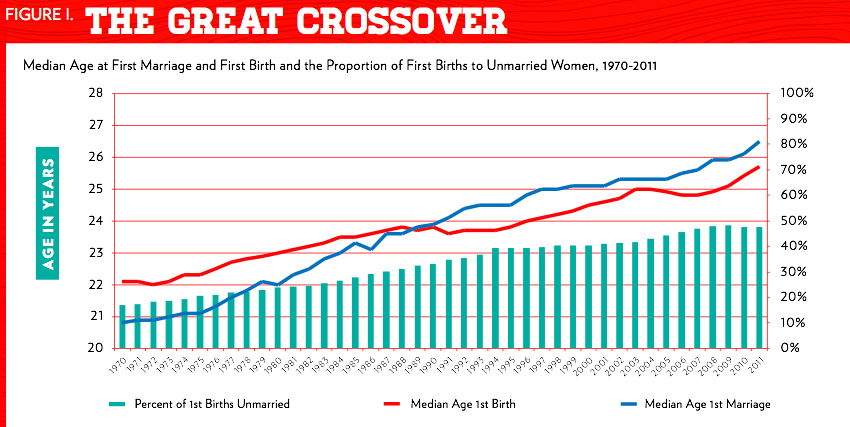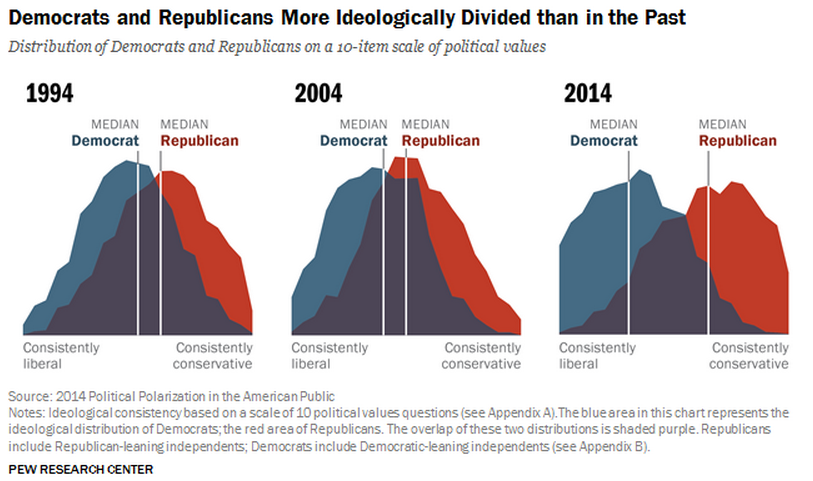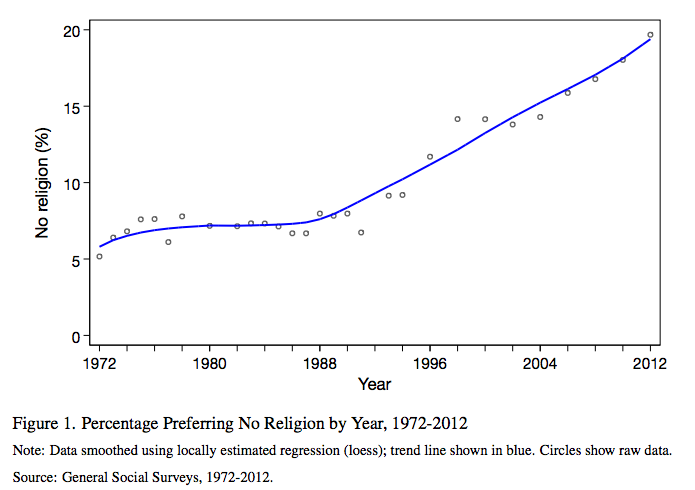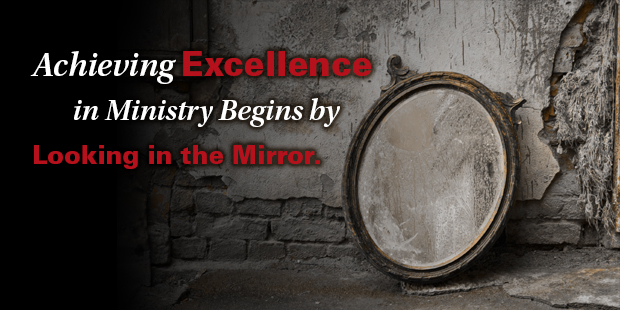
Does Your Onstage Performance Reflect Your Backstage Practices?
News stories tend to focus on destructive and tragic events in our culture. Like most major metropolitan areas, the Chicago evening news fills the first ten minutes with murders, fires, accidents and natural disasters. Kind of a “bad news, then good news” approach, with emphasis on the bad news (like some preaching we hear!).
When it comes to leaders, we like to point out where they got it wrong. Politicians behaving badly, pastors talking arrogantly, athletes living shamefully – all these provide journalists with more than ample fodder for “BREAKING NEWS” at almost any moment of the day.
Because so many of us have a stake in a leader’s failure, we tend to overlook the leadership successes around us. After all, when a notable leader stumbles, it makes us feel better about ourselves, gives us someone to blame for our apathy and ignorance, or provides interesting lunch conversation for our otherwise boring and meaningless lives.
But when leaders get it right (and many do!), a lot of good stuff happens. We need to tell their stories – to our teams, our friends and ourselves!
Because when a leader gets it right…
- Energy flows to creating solutions and rather than making accusations
- Team members feel empowered rather than overpowered
- A compelling shared vision replaces a crippling ego-driven “visionary”
- Conversations are truthful and gracious, instead of ruthless and tasteless
- Tough decisions are boldly faced and, not cautiously feared
- Movement is fostered by a mission, not forced through manipulation
- Justice is rightly pursued not wrongly ignored
- People feel honored and valued, not shamed and used
- Success measures how people are treated, not just how profits are made
- Workers are promoted by quality performance, not a deal-making cronyism
We need more of leaders who get it right, and we need to ferret out the real ones from the posers, the platform personalities who talk the leader game at conferences and conventions, but who play by a different set of rules behind closed doors. Lance Witt, writing in his book Replenish, describes this difference by comparing the leader you see on the front stage versus what is going on “back stage” where character, the soul and the real personality are seen.
We need real leaders whose performance “backstage” – off camera, away from the excitement and spotlights – is congruent with we see up front. Some are pressured to perform even thought their souls are damaged, and they cover their broken parts. Others are just mean “Jekyll and Hyde” types who present well publicly but are awful to work with, toxic to their staff and self-centered ego-driven tyrants.
Ask people who work with these leaders about the “back stage” persona – is it the same person you see “up front” in public settings? Are they as funny, winsome, easy going, and likable after their scripted, “front stage” persona is set aside and the back stage personality – the real person – emerges in the darkness?
Maybe that is why we give the media so much material to work with. But if we can become leaders with increasing integrity and healthier souls, admitting we are not the center of the universe, not letting the front stage make us posers, we will get it right.
And when leaders get it right…great stuff happens. It really is amazing. And the stories … oh, the stories are grand. They won’t make the evening news—they’ll just make the world a better place.
And that’s the real story.

Tags: Dr. Bill Donahue, Leadership Practices, back stage, front stage








































